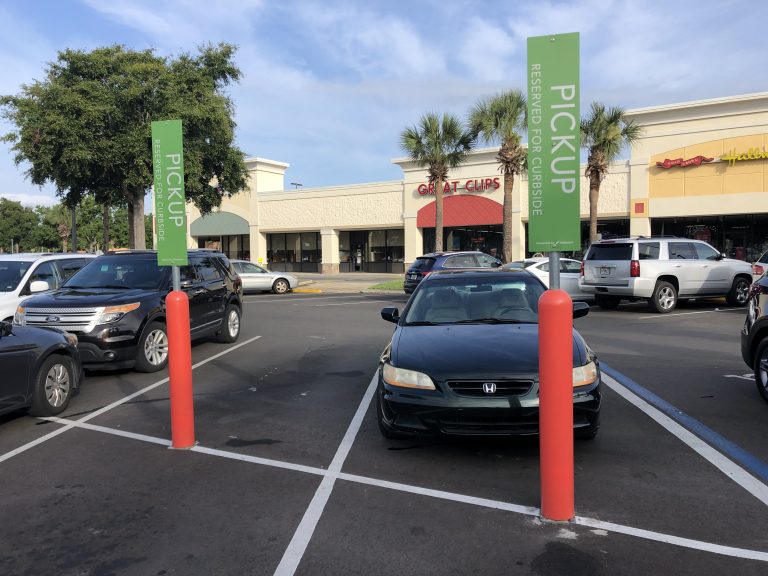DENNIS M. THIMM, MS. CMR, CASE WESTERN RESERVE UNIVERSITY, FLEXPOST, INC.
ABSTRACT:
The challenge of directing and orienting traffic into parking spaces has become a major problem among retail organizations nation-wide. The data gathered in this paper will examine the increased need to orient customers to specific parking spaces, the challenges associated with a convergence of employees and customers into an assigned parking area, and the costs associated with the installation and maintenance of buy online-pick up spaces signage and bollards.
INTRODUCTION:
The fast pace of the average American lifestyle, the click and buy deliver next day impulsiveness of the Amazon generation, and a pandemic have conditioned American shoppers into worry and concern over simple tasks such as entering a store. Suddenly, interacting with and around strangers and public spaces seems daunting and the safety of our own cars has become the transaction point at many grocery stores. While countermeasures such as masks and protective barriers appear to be marginally beneficial, the reluctance to enter a store prevails. At the time of this writing, new legislation in California, Michigan and many other states continues to confuse and concern retail shoppers. The trend towards app. driven and buy online and drive up pick up has exploded in the last several months. Retailers and restaurant chains have struggled to orient, educate, and serve their customers in confined areas within their parking lots. Most pick-up areas within large grocery store chains are limited to approximately 2-6 spaces, and typically located within 40 yards from the front egress of the store. With an average of 23,000 patrons walking through the door of a large supercenter per day, it is not hard to imagine the peril, potential accidents, property damage, and damage to customer vehicles. While the convergence of traffic proximal to the front door of major retail organizations is certainly good for business, the number of car sign collisions has skyrocketed by nearly 375%.1
Collisions involving customers and retail Buy Online, Pickup In-Store (BOPIS) signage within a parking lot has become a major issue causing millions of dollars’ worth of damage per year. As of 2019, an average retail organization would replace approximately 2-3 signs and posts per year, both in the ADA handicapped and BOPIS aisle, with an average cost of $900 +/- per required repair. Now that retailers are adding multiple signs/posts to their already crowded and confused lots, the car/post accidents are escalating. A major international retailer located in the south recently relayed that of the average 9 buy online pick up spaces located at each store, collisions require them to repair and replace 3 of their BOPIS signs and bollards quarterly. When the retailer examined the overall costs of the repairs, 3 posts/signs per quarter multiplied by over 4,500 US stores alone, the staggering costs of the program amounted to approximately $8,400 per store, or a combined loss of revenue of $37,000,000 per year.

